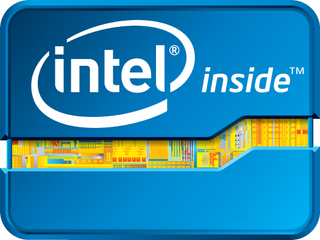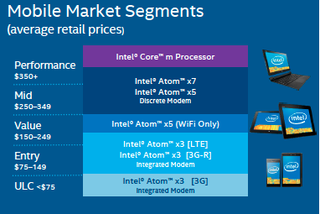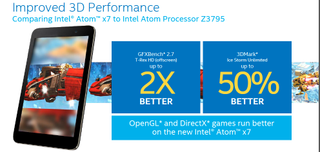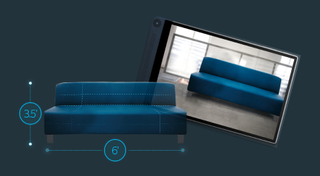Intel Atom x chips attempt to muscle into Android/Windows mobile devices
Can True Key integration finally ditch the need for passwords?

Intel hopes its latest generation of low-power Atom processors will help it challenge ARM's dominance in the mobile market.
The chipmaker has pushed through its first 14nm system-on-chip processors in a bid to kickstart revenue generation from the lucrative mobile market. Despite posting a record revenue of $55 billion over the course of 2014, Intel's mobile division contribute just $202 million.
Intel CEO Brian Krzanich claimed the firm would focus on increasing profitablity of the mobile division throughout 2015 - and hopes are pinned on the revamped Atom x series.
OEMs will be offered multiple variations, allowing them to customise Android and Windows (64-bit) devices. Here's what end-users can expect:
- The Intel Atom x3 is designed for use within ultra low cost phones and tablets, with Intel targeting a price point of $75. The x5 range will power mid-range tablets and the x7 is set to be used for performance 2-in-1s, up to 10ins in size.

- Acer, Asus, Dell, Lenovo, HP and Toshiba have committed to using the Atom x5 and x7 processors. Devices are on course to be released in the first half of 2015.
- Interesting, Intel has licensed out ARM's Mali GPU for the entry-level Atom x3 range. Aicha Evans, VP and GM of Intel's platform engineering group, said this was done to speed up time to market, during a pre-brief.
Get the ITPro. daily newsletter
Receive our latest news, industry updates, featured resources and more. Sign up today to receive our FREE report on AI cyber crime & security - newly updated for 2024.
Both the x5 and x7 use Intel's bespoke Gen 8 graphics, which the firm will provide significant gains, over its predecessors.

- Connectivity will vary. On the x3, 3G or 4G (up to Category 6) is integrated directly onto the chip. The more powerful x5 and x7 chips require discrete modems for cellular connections.
Bluetooth, GNSS and Wi-Fi will be included as standard, whilst NFC will only be available on 4G devices.
- There are two main security features integrated into the Atom x5 and x7 processors. Pro WiDi is a wireless standard designed for use within businesses. The specific use case is to allow employees to project content from mobile devices to bigger screens without compromising security and by minimising the need for wires.
- These processors will also support Intel's True Key security to minimise the need for passwords. Users will be able to log into devices using multiple points of authentication, including facial and fingerprint recognition, trusted devices or a master password. The more sources of authentication a True Key profile uses, the stronger it becomes, Intel claims.
- Meanwhile, Intel's RealSense system seeks to combine camera and sensor technology to provide a variety of use cases. For example, tablet users will be able to take a photo of objects and then glean their measurements.





